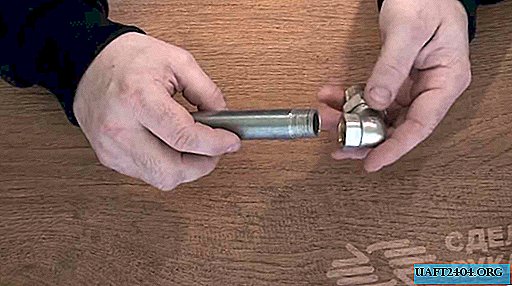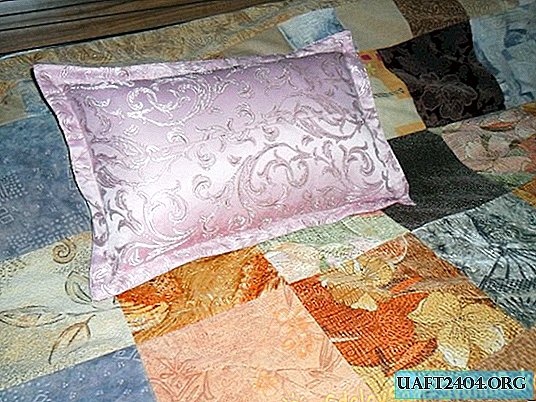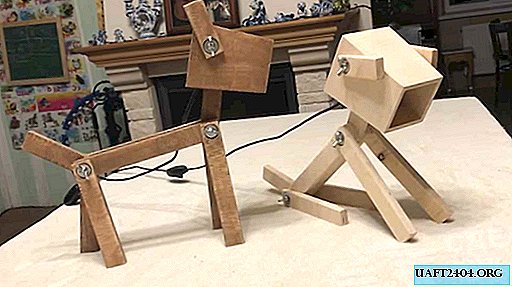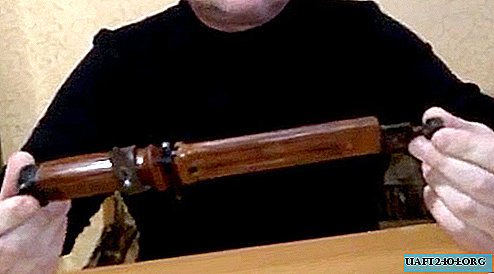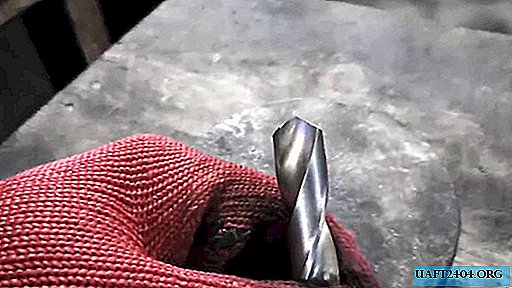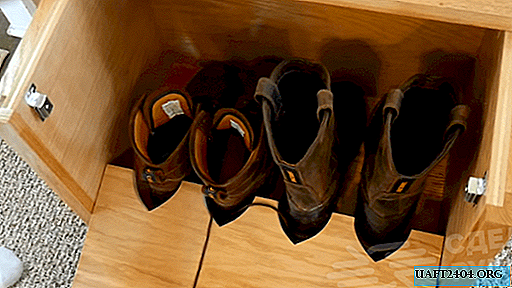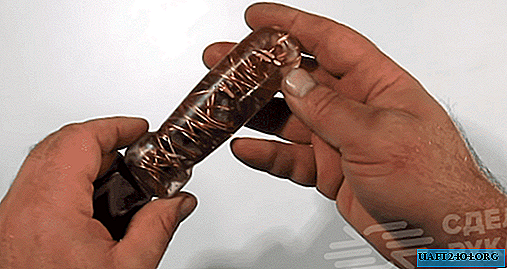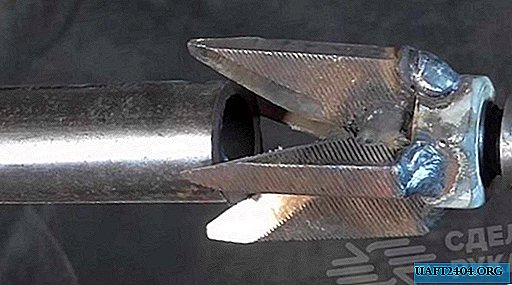Share
Pin
Tweet
Send
Share
Send
The first priority is to eliminate the cause of leaks. Neighbors need to be politely put in place and persuaded to repair the pipes. The management company must be made to clean the leaking roof. The main thing is that moisture does not appear further.
This article, using a specific example, talks about one of the ways to get rid of rust spots and fungus on the ceiling and walls. The reason for writing this article was a desire to share the personal experience acquired by its author in the fight against mold and dirt. The whole process of work was photographed in stages.
The first photo shows a large rusty spot and smaller black spots. Black spots - this is the fungus that arose from moisture. The cause of all these spots was a leaking roof. After much bickering, the utility services repaired the roof and even paid compensation, but that's another story.
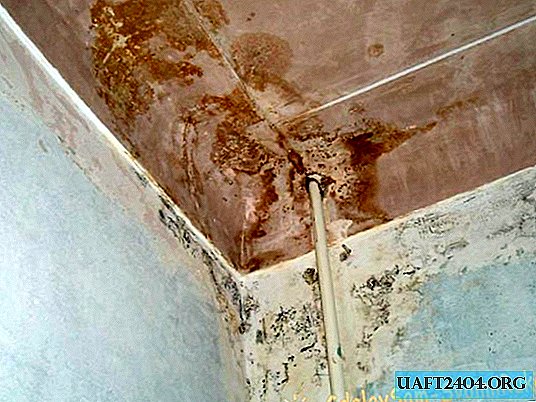
So what is needed. The rust converter "Neomid 570" was a good fit for removing rust spots. To remove the fungus - "Sanatex" and copper sulfate.

In addition to the reagent "Neomid 570" an additional rust destroyer gel "B - 52" was used.

Nitro-paint was used for the preliminary coating, but oil paint could also be used. Nitro-paint dries faster, so it is preferable.

For ceiling ceilings, waterproof emulsion ink was used.

Also needed gypsum putty and primer to prepare the walls for wallpaper. For drying, a building hair dryer was used.

For personal protection it was extremely important to use a respirator, rubber gloves and goggles, in addition, the room was regularly ventilated. Of the tools used brushes, roller and spatulas.
The work began with a thorough drying of the construction spots with visible stains. After that, with a spatula, everything that could be cleaned was cleaned. Then the rust converter "Neomid 570" was diluted with water to the desired consistency, and all rust spots were treated with this reagent. The fungus was first sprayed with Sanatex, but this chemical did not produce the desired effect.
Copper sulfate was diluted at the rate of one sachet per five liters of water, to a dark blue color. The entire surface of the spots was then coated with a solution of copper sulfate. After these operations, the entire surface was dried for twelve hours.

Then followed by re-processing. As an experiment, this time the rust exterminator B-52 gel was used together with the Neomid 570 rust converter. This also gave a good result. And again, drying, only now with a hairdryer and more thoroughly.
Further, the entire surface was covered with a primer, dried and putty for painting and wallpaper. Before finishing with water-based paint, the entire surface to be treated was coated with nitro paint in two layers.


Then the ceiling was painted with water-based paint. I had to apply three coats of paint in order for the ceiling to get the proper look.


Wallpapering was the final chord, and work on this was completed.

Share
Pin
Tweet
Send
Share
Send

